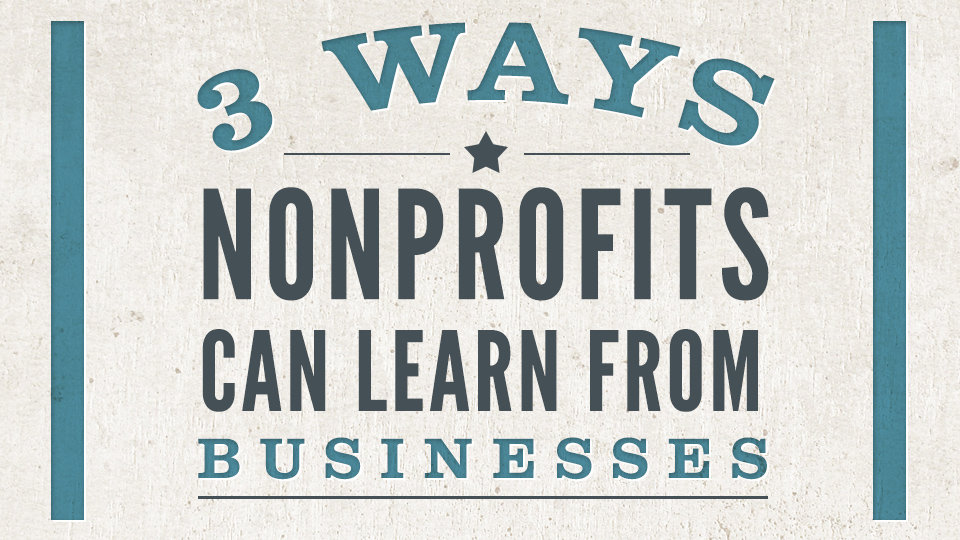3 Ways Non Profits Should Act More Like Businesses
By Kristen Shoates
“Non profit.” It immediately implies that you’re about something different. You’re less about money and more about meaning. Helping others instead of helping yourself. Doing good rather than getting more.
But this doesn’t mean that you have to have nothing but heart. Too often non profits ignore critical business principles, feeling that they’re anti-missional when in fact, they’re critical for sustainability and growth. Here are three ways non profits should act more like businesses:
Hire (and pay) well.
You are made up of your people and your employees must have a heart for what you do. But they also need to be pretty darn good at their jobs. Hiring (or keeping) people who have a passion for your mission but lack the qualifications or talent for their specific job function will ultimately just hold you back. Recruit smart and recruit the best; after all, shouldn’t your mission demand excellence?
P.S. if you want top talent, you’re going to have to offer competitive pay. Too often non profits expect people to work for nothing because it’s good work; while the mission might be enough to get someone on board, it’s usually not enough to keep them as their experience and expenses grow. We’re not advocating for excessive salaries or getting rich off donor dollars, but paying a fair salary for the market and position means that your people don’t have to sacrifice purpose for pay – and you have far less turnover.
Watch your bottom line.
As a non profit, your goal is not to make lots of money, but that does not mean money does not matter. It takes money to carry out your work, and not following basic business principles can put your organization in jeopardy.
Some non profits rely solely on donations, and these donor funds must be managed wisely. Other non profits have revenue sources such as events or products that can actually generate income for the organization, and in these cases, the business rules really apply. You should know your cost of doing business and price your offering accordingly. You should choose price points that make you money (or at least break even). You should introduce products based on demand and discontinue things that don’t sell. You should maybe even compete a bit in the market place.
Balancing a budget and being in the black is not greed; it’s stewardship. Generating income from those able and willing to pay for a product or service gives you resources you need to help provide services to those who can’t afford it – ministry in action.
Don’t always settle for freebies.
Your mother’s cousin is a designer. Your best friend takes a mean iPhone photo. And that awkward Tinder date you just went on? You thought you saw something in his profile about building websites.
It seems that we’re all six degrees away from an aspiring creative, happy to do free work for the greater good (and the good of their portfolio). And when you have a tight budget to manage, it’s tempting to jump at the chance to get your logo or website or brochure gratis.
While there can be a time and a place for accepting favors, it’s true that you get what you pay for, and you will eventually need to invest in professional services to truly grow and take your organization to the next level. When your marketing assets are B-level, you will be stuck looking like a B-level organization, no matter how great the work you do is. It takes cohesive creative backed by strategy to truly make your mark.
It is possible to have business smarts and an amazing heart. You should never let money compromise your mission, but sometimes, it’s ok to act a little bit like a business, especially when it comes to your people, your budget and your marketing.














